By Sanaa’ Farouq – Watani
Five thousand Egyptian artefacts that were in possession of the Museum of the Bible in Washington DC have been recently brought back to Egypt, thanks to efforts that started in 2018 by Egypt’s Ministry of Tourism and Antiquities.
The Ministry cooperated with the US authorities concerned to repatriate the artefacts which, according to the New York Times, Egyptian officials say had been illegally taken out of Egypt during the political and security turmoil of the so-called 2011 Arab Spring. Atef Naguib, the then Vice President of the Islamic and Coptic Antiquities Sector at the Ministry, and Ibrahim Sawiris, Professor of Coptic Language at Sohag University, were pivotal in bringing the artefacts back home.
Even though the efforts of Dr Naguib and Dr Sawiris focused on their area of specialisation, that is Coptic papyri and manuscripts, the entire collection included coffins, mummies, funerary masks, heads of stone statues, and papyri with Greek, Coptic and Arabic texts. Now that it is back in Cairo, it has been placed in the Coptic Museum.
++Watani++ talked to Dr Naguib, Visiting Professor of Coptic Manuscripts at Cairo University, Professor at the Institute of Coptic Studies, and formerly Managing Director of the Coptic Museum and Vice President of the Islamic and Coptic Antiquities Sector at the Ministry of Antiquities. Dr Naguib said that it all began in the last days of February 2018 when he received a telephone call from archaeological and security authorities in Egypt, that led to a meeting with an American figure prominent on the US political and economic scenes. This in turn put Dr Naguib in contact with the Museum of the Bible in Washington DC.
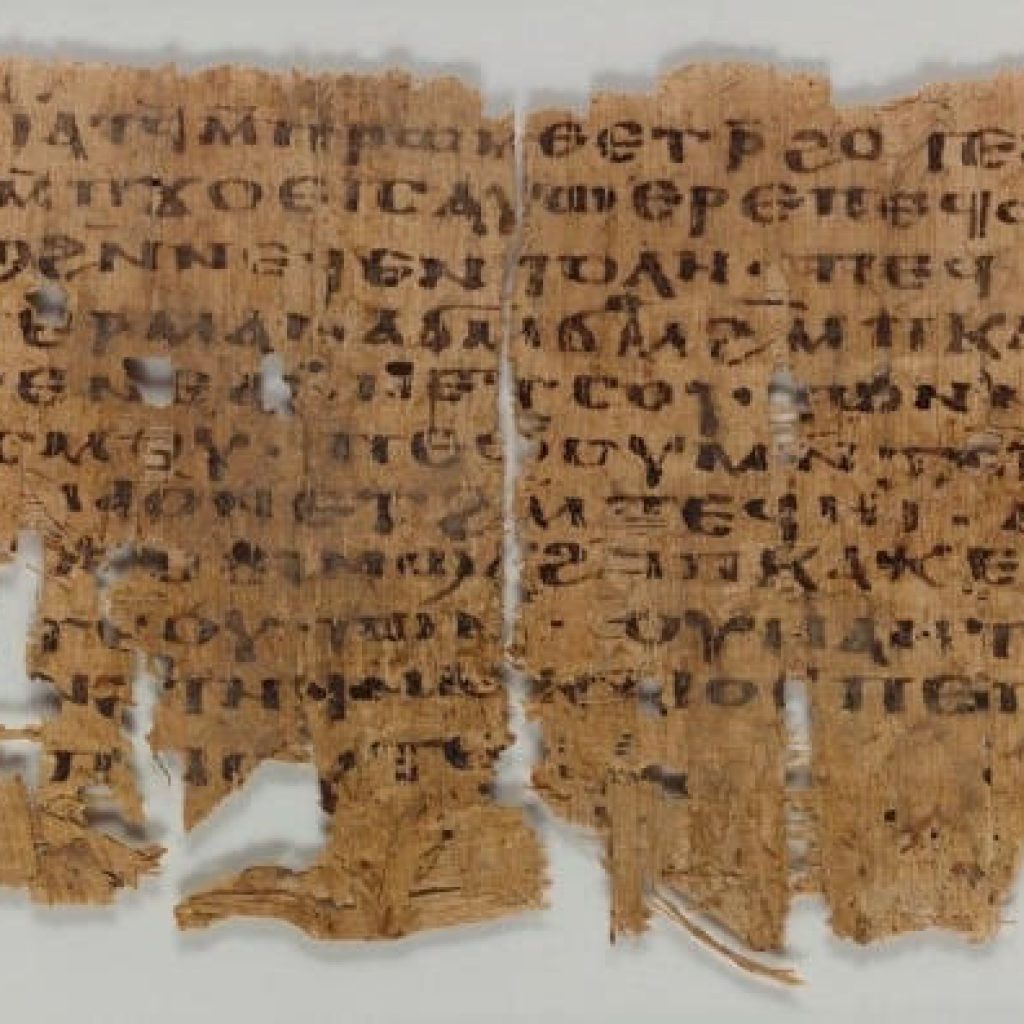
“By the end of March 2018,” Dr Naguib said, “I was invited, together with Dr Sawiris whom I had strongly recommended would join me, to visit the Museum of the Bible. We left Cairo to Washington DC on 21 April 2018. The purpose of the visit was to inspect a collection of Greek and Coptic papyri and manuscripts that was placed in safe storage at the museum. The following day on our arrival, we met Dr Jeff Kloha, Chief Curatorial Officer at the Museum of the Bible in Washington DC.
“We were very well received by the museum administration,” Dr Naguib said. “We directly set out to work. The pace was gruelling; the day would start with an early morning meeting with the administration, followed by meticulous study of the artefacts in storage until lunchtime, then there were visits to the museum wings and, finally, another meeting with administration officials at the end of the day. We worked side by side with an able American team of four specialists, two in DC and two outside it but who would join us on video conference, and were allowed access to the original pieces in storage.”
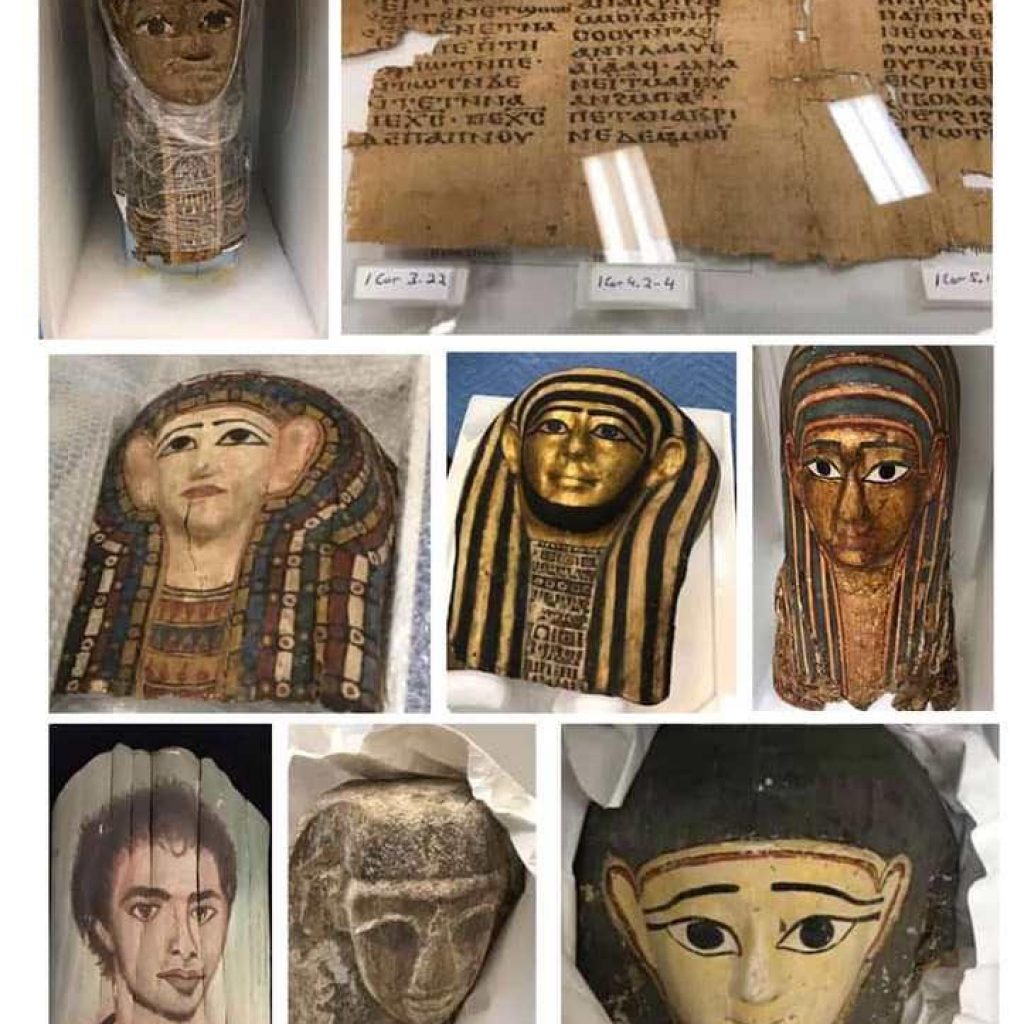
“A big surprise awaited us at the museum,” Dr Naguib explained. “The museum did not only posses Greek and Coptic papyri, but also possessed older papyri written in Hieratic and Demotic.” Hieratic was a cursive writing system for Ancient Egyptian, the principal script used in the third millennium BC until the rise of Demotic in the mid-first millennium BC. Demotic was later replaced by Coptic, the Egyptian language written in Greek alphabet with the addition of a few Coptic letters that did not exist in Greek. Coptic was spoken in Egypt from the second AD century; it is the last stage of the Egyptian language that was gradually replaced by Arabic following the Arab conquest of Egypt in the 7th century.
“The administration showed us a huge photo archive of the Egyptian artefacts in the collection we worked on. It revealed hundreds of other Egyptian pieces that included cartonnage funerary masks, parts of coffins, heads of stone statues, and a number of portraits of the dead. The collection was large and varied, had not yet been catalogued, and was not on display. It looked like the museum had bought it in one lot, but had not worked on it yet.
“Our work,” Dr Naguib explained, focused on two aspects. We had to estimate the scientific and archaeological value of the artefacts, and to negotiate their repatriation in Egypt.”
“The demotic and hieratic papyri,” Dr Naguib noted, “mostly include regular religious texts. Most of them are fragments cut from long papyrus scrolls.
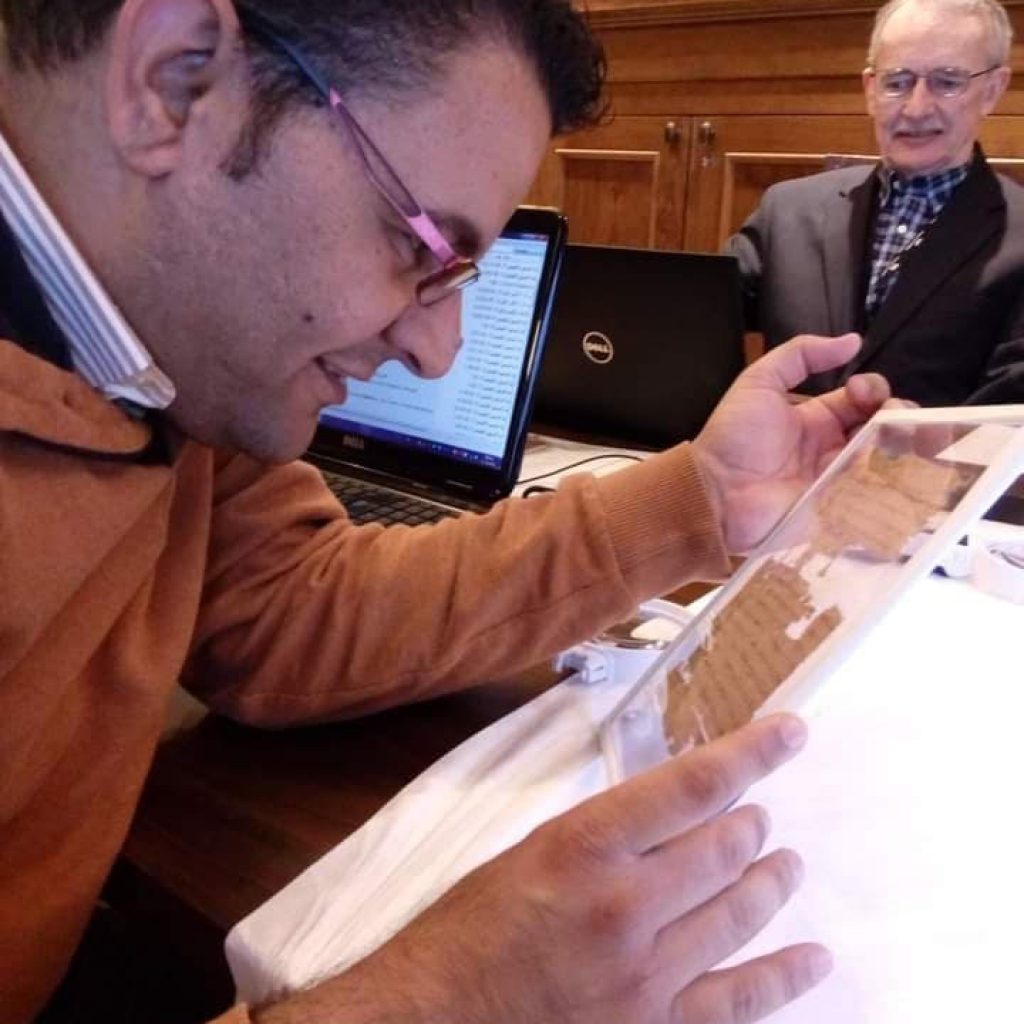
“The Greek collection is numerous and includes different-sized fragments of papyri. I believe they belong to the 4th century and earlier, some of them comprise parts of the four gospels and the epistles of St Paul. No single text is complete or near-complete. I think they come from Middle Egypt.”
Dr Naguib said that the Coptic collection is very important and diverse; it includes an almost complete copy of Psalm 111 in the Saidi dialect of Upper Egypt on papyrus, and most probably belongs to the 4th century. There are very small fragments of papyrus that hold texts difficult to recognise; they date back to an early period and come from Upper Egypt. The calligraphy is similar to that used on fragments preserved in the British Library in London, some of which date back to the 5th century.
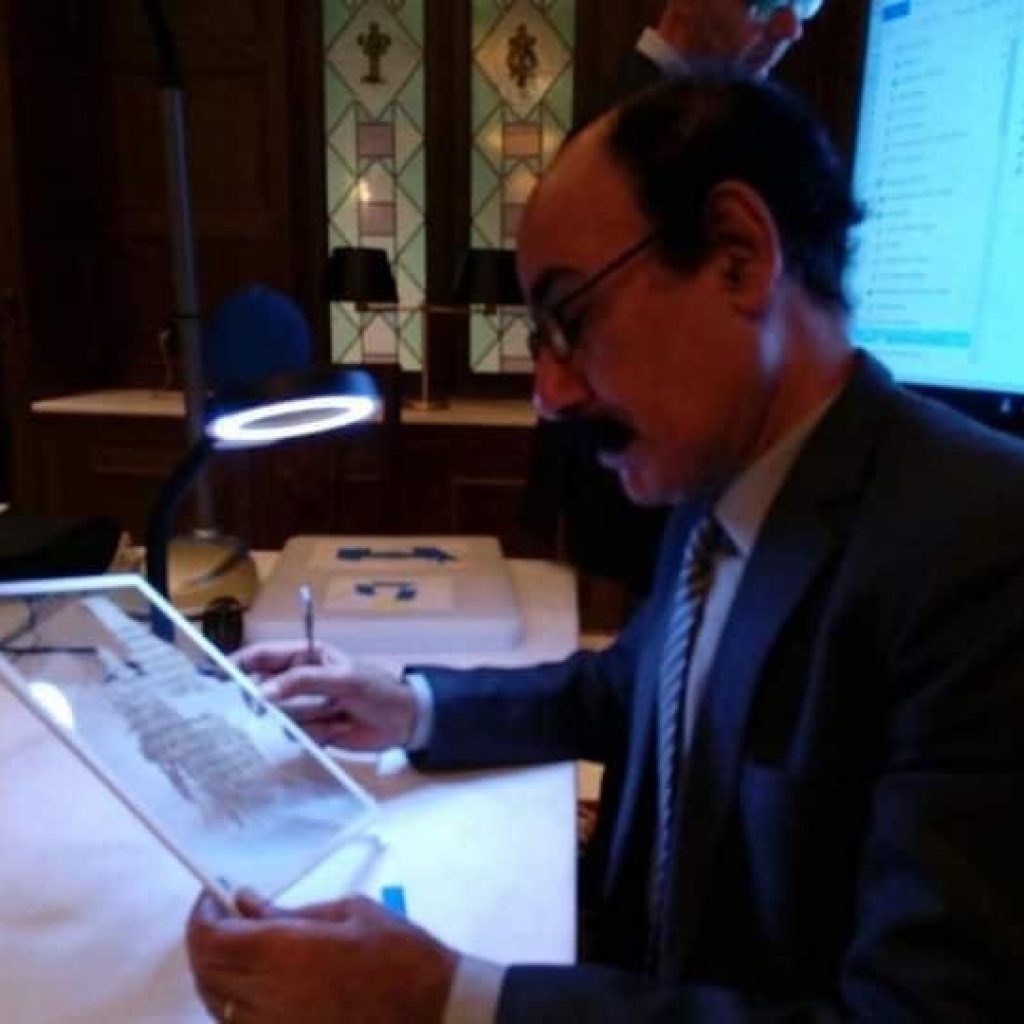
“There were various pieces of literary texts written on parchment,” he added, “whose content we had no time to investigate. Those texts, however, date back to the thriving Coptic era from the 8th to the 10th century.”
According to Dr Naguib, the Arabic-Coptic texts include sacred and liturgical books that were written very late after the 16th century; some of them found in very good condition and complete, and “as far as I remember,” he said, “they came from a not-so-famous church in a village south of Sohag,”
“In general,” Dr Naguib said, “the Coptic and early Greek papyri are a very important addition to the Coptic Museum’s collection of manuscripts.”
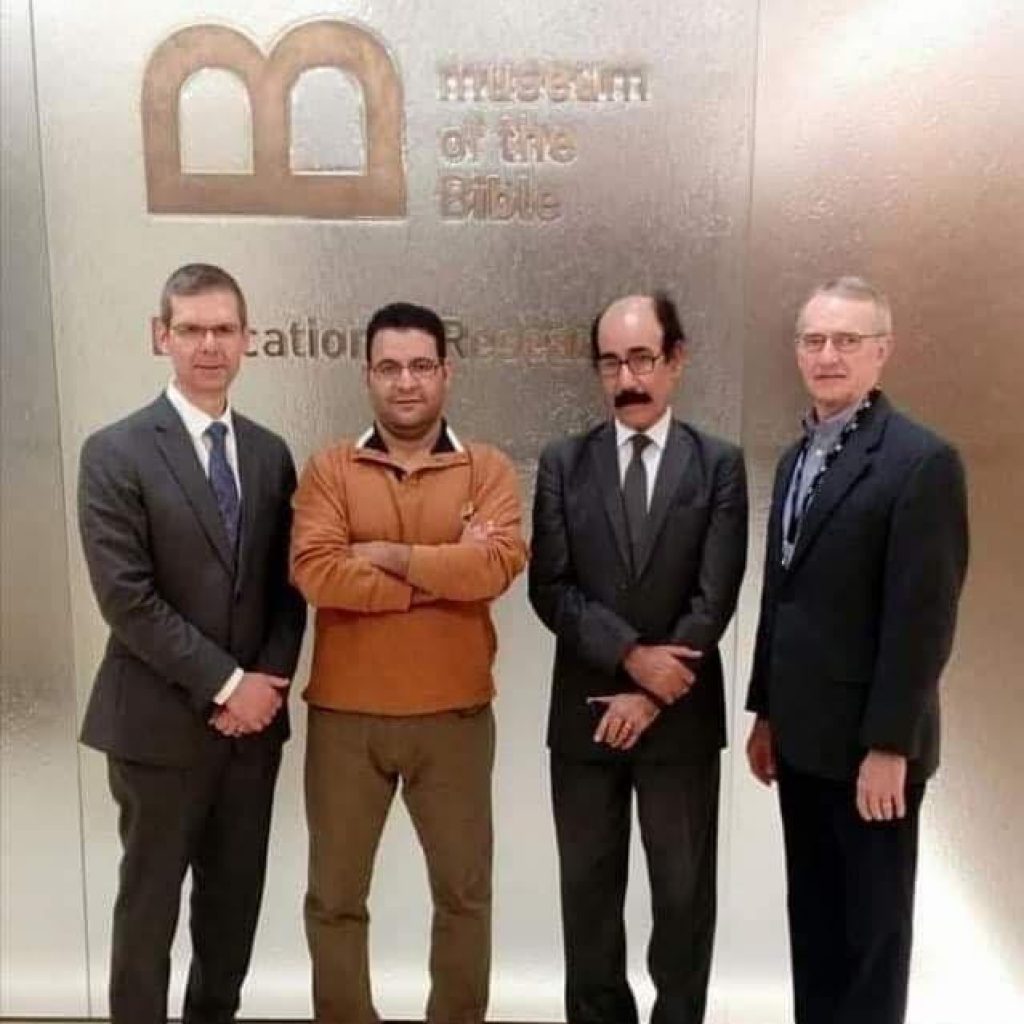
Dr Naguib said that he and Dr Sawiris had “long and tough negotiations” with the museum administration to persuade them that the artefacts should be returned to Egypt. The administration could see the point, but attempted to secure some advantage to the museum, such as the right to put them on temporary display or to work some cooperation with Egypt in the field of antiquities. “At this point,” Dr Naguib said, “we referred them to the Ministry of Antiquities and the Ministry of Foreign Affairs which followed up on the matter till the collection was repatriated in Egypt.
Both Dr Naguib and Dr Sawiris expressed their happiness that those artefacts are now back home. “Today,” Dr Naguib proudly said, “I’m one of the happiest Egyptians to have those manuscripts home—in our beloved Egypt. We do not have to travel again for 18 hours to see the manuscript. We appreciate the great effort exerted. Thank you to everyone who has contributed to the repatriation effort. And congratulations to Egypt.”
______________________________________________________
https://en.wataninet.com/features/interviews/story-behind-egypt-retrieving-5000-artefacts-from-the-bible-museum-in-washington-dc/34641/




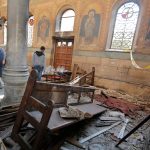
I am extraordinary happy with this outcome and very thankful to Drs. Naguib and Sawiris and their team for successfully repatriating these valuable documents, an elemental part of our glorious history. There are literally millions of such documents and artifacts which are spread throughout the world in museums, university libraries and private collections. Many of these have been stolen, bought and sold on the Black Market. The retrieval of our heritage must be an ongoing process. In the past I had suggested that all these institutions should pay a levy to support our institutions in Egypt concerned with this aspect of our lives. Saba E. Demian, M.D.